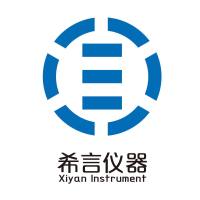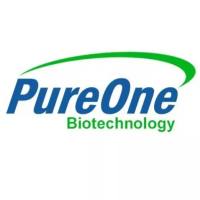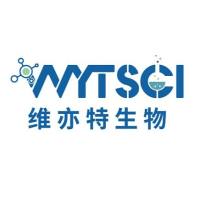Quantitation of Acetaldehyde-DNA Adducts: Biomarkers of Alcohol Consumption
互联网
499
DNA adduct measurements provide valuable information about DNA damage associated with exposure to specific genotoxicants. N 2 -Ethylidene-dGuo, the major DNA adduct formed upon reaction of acetaldehyde with DNA, has been used to investigate mechanisms of alcohol carcinogenesis focusing on the effects of acetaldehyde, the primary metabolite of ethanol. N 2 -Ethylidene-dGuo is stable in DNA, but it easily degrades when released as a nucleoside. A liquid-chromatography-electrospray ionization-tandem mass spectrometry-selected reaction monitoring (LC-ESI-MS/MS-SRM) method for the analysis of N2-Ethylidene-dGuo as its reduced form N 2 -ethyl-dGuo has been developed. This assay is based on addition of the reducing agent NaBH3 CN to the DNA before hydrolysis and on the use of a 15 N-labeled analog of N 2 -ethyl-dGuo as an internal standard. The addition of the reducing agent and internal standard are followed by enzymatic hydrolysis and sample purification and enrichment. This chapter provides detailed step-by-step information on the analysis of N 2 -ethyl-dGuo in DNA by LC-ESI-MS/MS-SRM. The protocol described easily can be applied to DNA isolated from different tissues and cell types and on DNA amounts as low as 5–10 μg.








